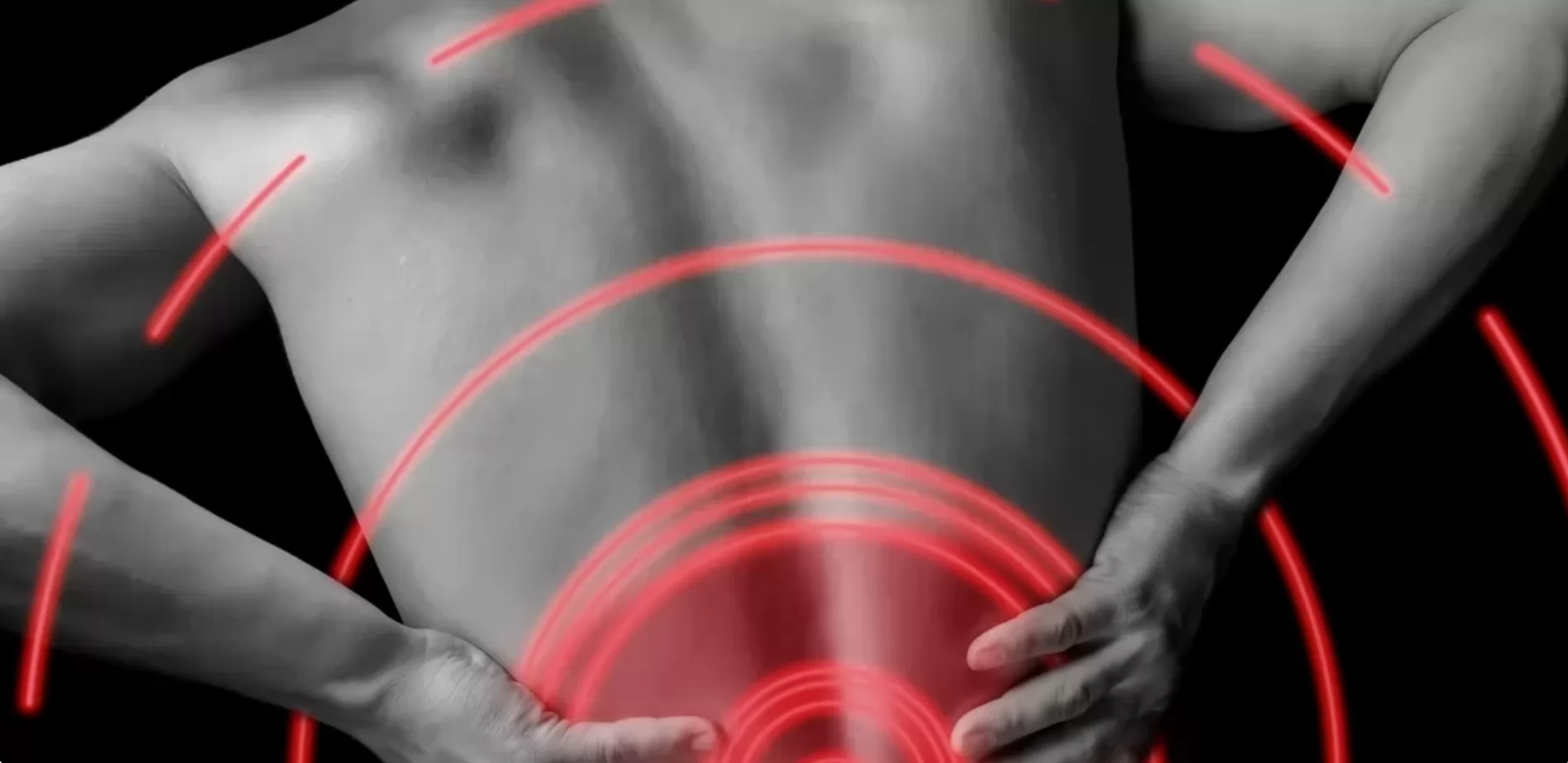
Lower back pain
Lower back pain is one of the most common musculoskeletal complaints affecting both young and elderly populations today. Approximately four out of five individuals experience lower back pain at least once in their lifetime. Its prevalence is notably higher among office workers, individuals with poor posture habits, those engaged in heavy lifting occupations, and people with high stress levels. However, lower back pain is not merely a temporary discomfort affecting daily life; it can also be a symptom of serious underlying spinal conditions.
Primary Causes of Lower Back Pain
Lower back pain can develop due to various factors. The most common include:
-
Muscle and ligament strains: Sudden movements, improper lifting, or prolonged inactivity can lead to strains in muscles and ligaments.
-
Herniated disc (disc herniation): Displacement of discs between vertebrae can compress nerves, causing pain and sometimes numbness radiating to the legs.
-
Degenerative disc disease: Age-related drying and structural deterioration of discs.
-
Spinal stenosis: Narrowing of the spinal canal leading to nerve compression.
-
Sacroiliac joint dysfunction: Inflammation or limited movement in the joint between the pelvis and spine can cause significant lower back pain.
-
Spinal deformities: Conditions like scoliosis and kyphosis.
-
Osteoporosis: Fragile bones, especially in the elderly, can lead to sudden lower back pain.
Warning Signs in Lower Back Pain
Not all lower back pain is benign. Consult a specialist if you experience:
-
Pain that awakens you at night.
-
Pain that doesn't improve with rest.
-
Numbness, weakness, or loss of reflexes in the legs.
-
Loss of bladder or bowel control.
-
Lower back pain accompanied by high fever.
-
Pain associated with a known history of cancer.
These symptoms may indicate infections, tumors, or nerve compression requiring urgent intervention.
Diagnosis
Diagnosing lower back pain involves a comprehensive approach:
-
Physical examination: Assessing posture, range of motion, and neurological function.
-
Medical history: Understanding the onset, duration, and characteristics of the pain.
-
Imaging studies: MRI, CT scans, or X-rays to visualize structural issues.
-
Laboratory tests: If an infection or other systemic condition is suspected.
Treatment Approach
Treatment should be personalized and holistic, focusing not only on alleviating pain but also on addressing the root cause and preventing recurrence.
1. Conservative (Non-Surgical) Treatments
-
Physical Therapy and Rehabilitation: Exercises to strengthen supporting muscles and correct posture.
-
Medications: Pain relievers, muscle relaxants, and corticosteroids as needed.
-
Schroth Exercises: Three-dimensional exercises effective in cases accompanied by scoliosis.
-
Dry Needling, Manual Therapy, Acupuncture: Supportive treatments for muscle spasms and chronic pain.
-
Neural Therapy or Epidural Injections: Nerve blocks to control pain.
2. Surgical Interventions
Surgery is considered only in specific cases where:
-
There is no response to medical treatment.
-
Neurological deficits develop.
-
Significant structural abnormalities are present.
Surgical options include:
-
Microdiscectomy: Removal of herniated disc material.
-
Spinal Fusion: Stabilizing the spine with rods and screws.
-
Decompression Surgeries: Widening the spinal canal to relieve nerve pressure.
Lifestyle and Preventive Measures
Preventing lower back pain is as crucial as treating it. Key preventive strategies include:
-
Establishing a daily exercise routine.
-
Avoiding prolonged sitting.
-
Choosing appropriate mattresses and pillows.
-
Maintaining a healthy weight.
-
Learning proper lifting techniques.
-
Managing stress effectively.
Remember, spinal health is not only a physical concern but also encompasses psychological and social well-being.
A Pain-Free Life Is Possible
While lower back pain may seem inevitable in modern life, accurate diagnosis, personalized treatment, and preventive measures can effectively manage this condition. The goal is not only to relieve pain but also to restore spinal health and enhance overall quality of life.